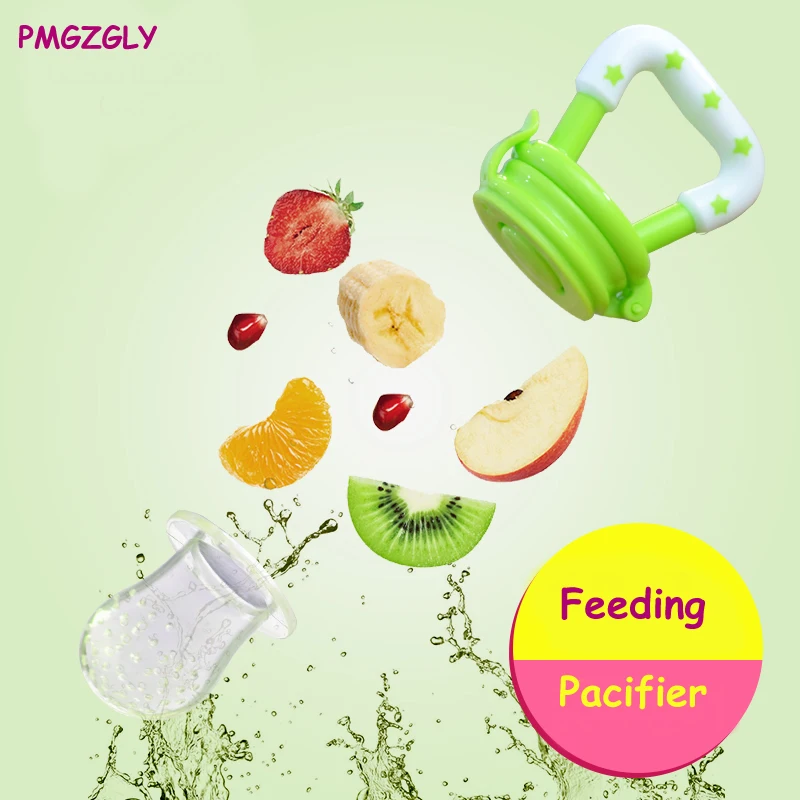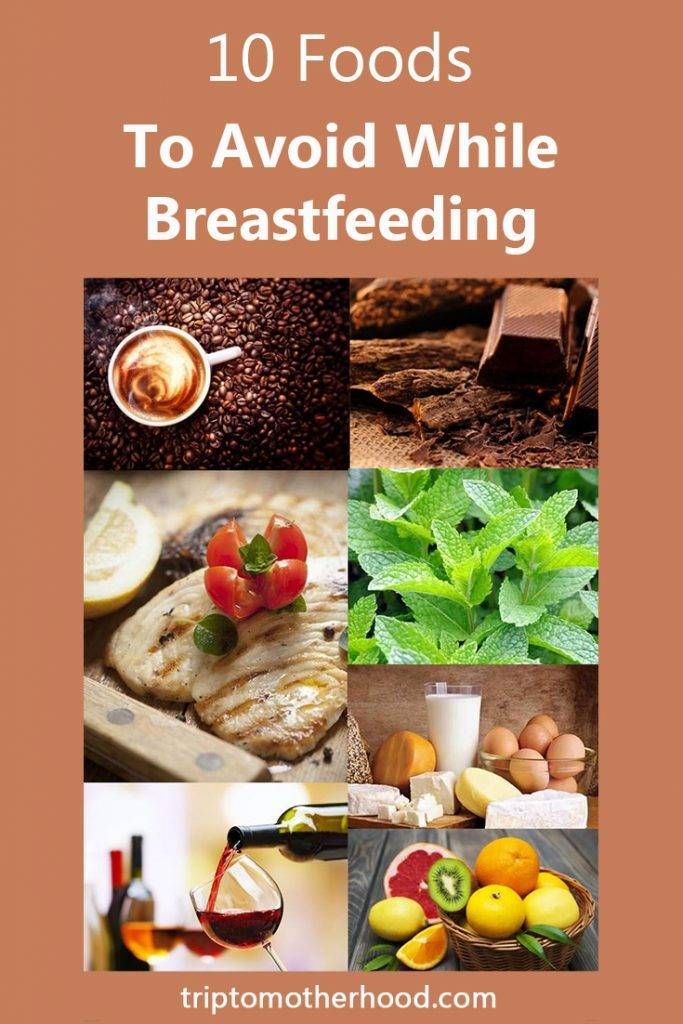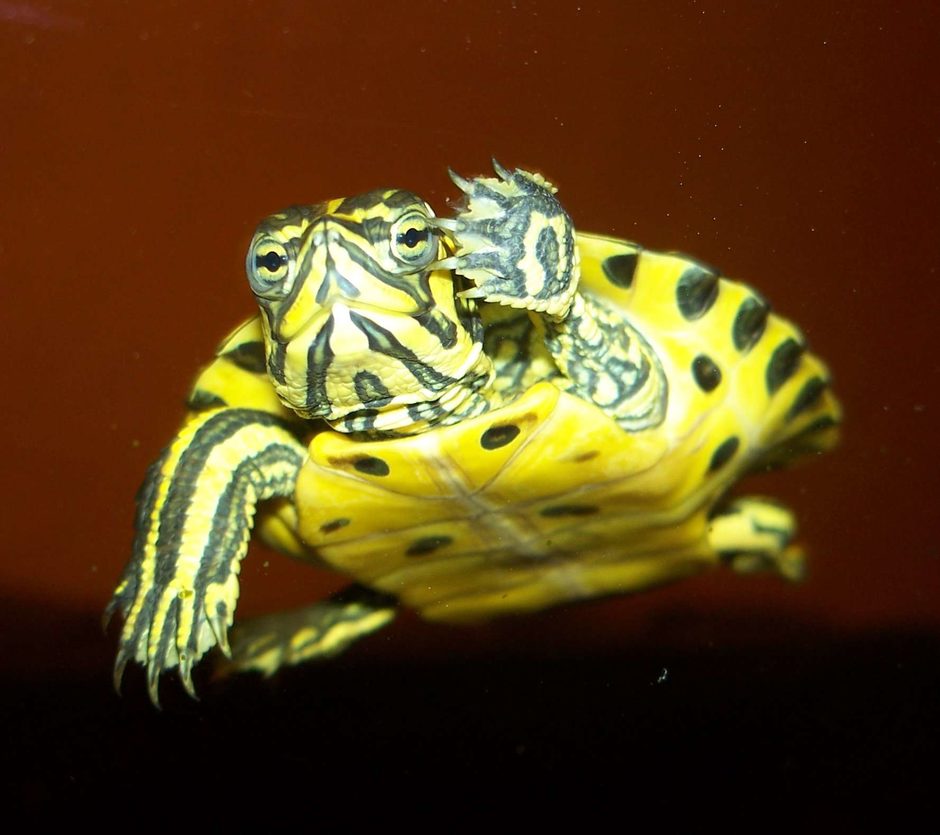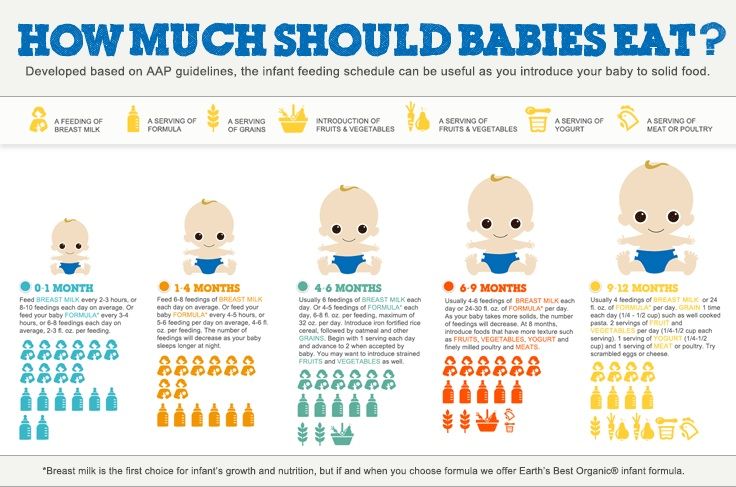Baby fresh food pacifier
5 Best Silicone Baby Food Feeders To Buy 2020
A baby feeder is used to introduce solid food to babies without worrying about the risk of choking.
A food feeder looks pretty similar to the shape of a baby pacifier but much bigger than that.
The food feeder comes with either a mesh or silicone pocket where you fill your solid food in.
Every food feeder comes with a cover that closes at the bottom to hold the food inside the pocket.
The food feeders also feature an easy to grip handle for babies to hold and gnaw the food. Some food feeders have a cover that goes over the pocket for hygiene.
Table of Contents
How Do Baby Feeders Work?
Food feeders serve a pretty simple purpose and are not complicated to use.
- Choose some age-appropriate food you want to feed your baby
- Clean the baby feeder
- Open the lid and put the solid food inside the mesh or silicone pocket
- Close the lid, remove the cover (if your feeder has one)
- Hand it over to the baby and watch them make funny faces while trying new foods.
- Once they are done, dump the excess food, wash, dry and repeat.
Sounds simple, right?
Are Food Feeders Good For Babies?
There are a million baby gadgets in the market today, and you are probably wondering if you need one more. Hear me out.
I swear the baby feeders are AWESOME! For the price they cost, they do a fantastic job, and babies enjoy them.
Here are 5 reasons why you need a baby feeder.
1. Teething:
If you have a teething baby, then you might already know that teething babies love to bite on everything. Baby feeders, especially when served with cold food, can be soothing to aching gums and relieve their teething pain.
If your baby has not yet started solids, then you can fill the feeder with frozen breast milk or formula ice cubes.
2. Prevents Choking:
One of the scariest things that I faced while introducing solid food to my babies was when they started to gag or appeared to choke.
By using food feeders, you are not exposing your infant to big portions of food particles, which creates a safe feeding environment for them to try new food.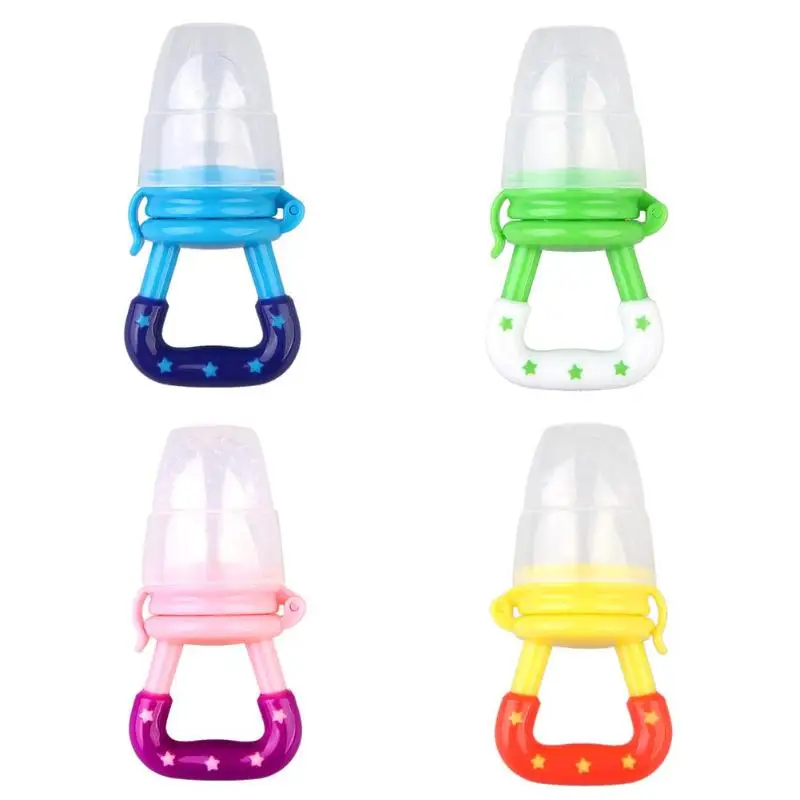
3. Develop Motor skills:
Food feeders encourage babies to practice self-feeding. It develops the hand-eye coordination that is needed to master spoon or finger feeding.
4. Keep Them Busy:
This has to be my favourite reason!
When I ran out of ways to keep them busy, I would just put some frozen fruit in the baby feeder and hand it over to them.
They happily enjoy their snack while I get some time to finish my work.
5. Sensory Experience:
Food feeders also provide a good sensory experience which babies love. It also instils a positive attitude towards trying new food.
Silicone or Mesh? Which one to Choose?
I am 100% team silicone, and I would highly be using silicone feeders because they are easy to clean and a plastic-free option to use.
Mesh feeders are a pain to clean, food gets stuck in between the mesh, and it is challenging to get them out.
I tried mesh feeders before; I was naive enough to try them with bananas.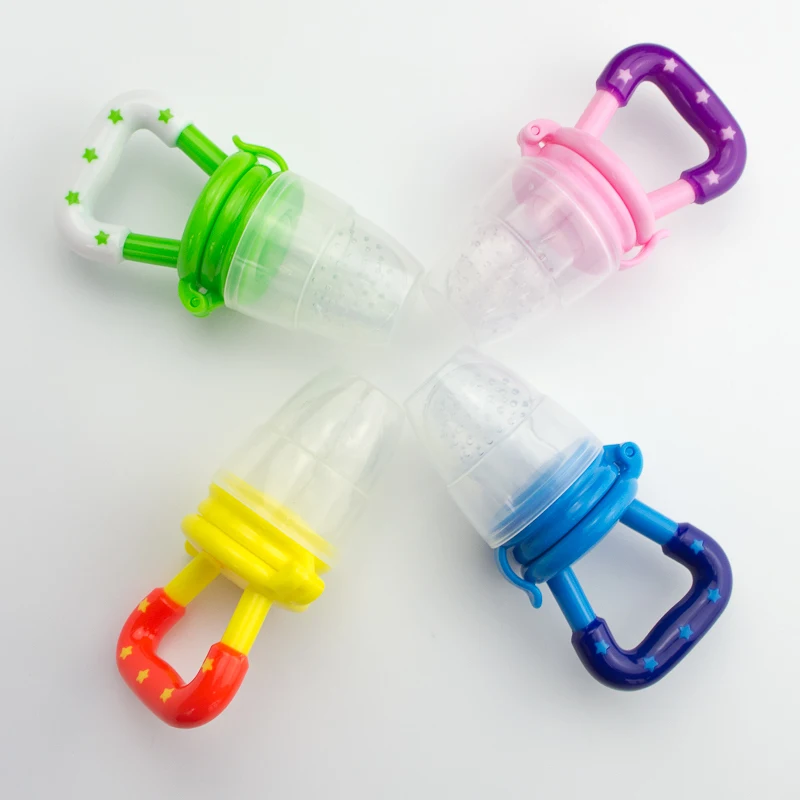 I let them sit on the counter before washing them.
I let them sit on the counter before washing them.
Let’s say that I had to throw the mesh feeder away; I went and bought a silicone feeder and never looked back again.
If you still want to try mesh feeder, then munchkin ones are hands down the best.
Best Silicone Baby Feeders:
1.Boon:
BUY NOW
Boon is one of my favourite brands. They really care about their customers and only use safe materials to make their products.
Their silicone feeder is particularly my dearest. The feeder itself is made of soft, food-grade silicone with small holes through which your baby can taste the food.
It comes with a firm handle for babies to grab and enjoy their treat.
Boon feeder was perfect when we started with solids and was great relief during the teething phase.
Some parents complain that they find it small, I did not find it so and you can always refill and offer seconds if they want more.
I did find that my kids had a hard time getting any solid food like solid apples out of the boon feeder, so I always offerred food that were soft and juicy like berries.
2.Kids Me Food Feeder:
BUY NOW
Kids me feeder comes very close to Boon feeder for me. For serving at home, I usually alternated between both Boon and Kidsme.
When I am out and about, Kidsme was the winner for various reasons.
1. Boon does not come with a cover, but Kids me does. You can easily keep the feeder closed, hygienic using the cap.
2. Kidsme feeder also comes with a hole between the handles that attach to clips or holders to prevent dropping on the floor.
3. Kidsme comes in two different sizes, medium and large; you can use the appropriate size based on your baby’s age.
4. My babies seem to love the double handle, and they found it easier to grab them with both the hands.
The sac itself is made from food-grade silicone and FDA certified. You can also buy replaceable silicone sacs to use instead of buying the whole feeder if you want.
The textured silicone sac is also great for teething babies. Seriously, it is a lifesaver when you offer chilled or frozen foods in this feeder.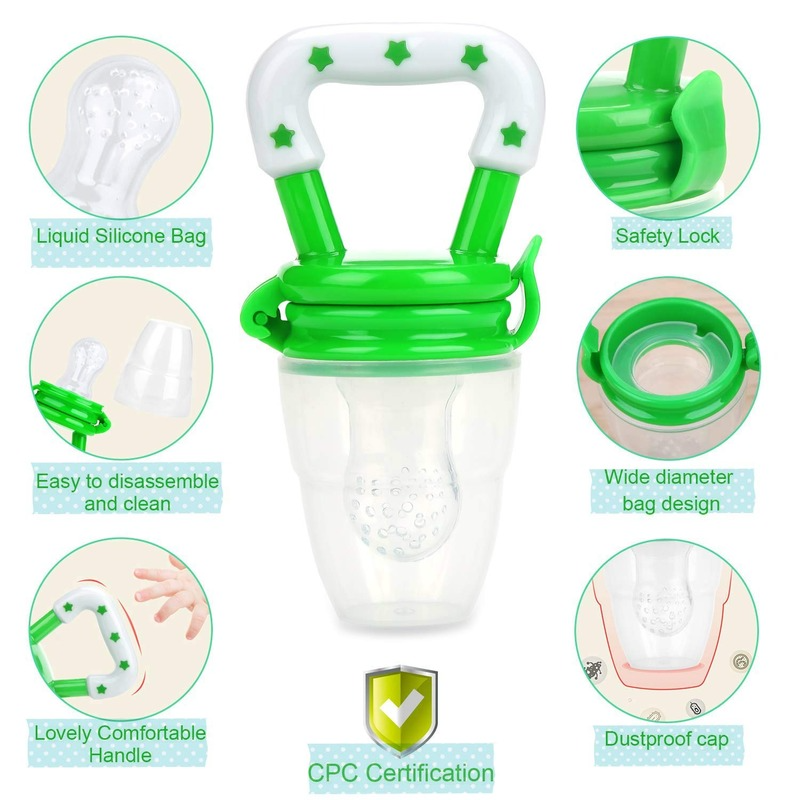
Your babies will thank you and may even reward you with 30 minutes of fuss-free time.
3. Ashtonbee Baby Feeder:
BUY NOW
AshtonBee Feeder looks pretty similar to Kidsme. AShtonBee also comes with a cap to cover the silicone sac and a safety lock that ‘clicks.’
Ashtonbee is marketed as a silicone feeder and pacifier because it clams your child down during teething pain.
The silicone sac itself is food-grade silicone that is free of BPA, Lead, Petroleum, Phthalates, so it is safe for your baby to nipple.
4.Nature Bond Fruit Feeder:
BUY NOW
If you dislike the idea of buying different size feeders as your baby grows and wondering if there is a product that grows with your baby, then Nature Bond food feeder is where it is.
You get two pack baby feeders, and it comes with 3 different pair of sizes-small, medium and large.
The sac is made of food-grade silicone that is BPA Free, Latex Free, Phthalates Free, and Lead-Free.
Nature bond feeders come in fun colors (think candy!) that your kids will love.
5. Moss and Fawn Forage Feeder:
BUY NOW
We at ANM, love supporting mom businesses and that’s why this brand is special to me. Sofia, the owner of Moss and Fawn, sent me her forage feeder to try and I loved it.
Please note that I only received the product for free; I was not compensated to write this post; all opinions are my honest views.
The product comes with a feeder and three silicone sacs that grow with your baby.
The forage feeder comes neatly packed in a cloth bag and also contains a booklet that guides on how to use the feeder and offers suggestions on best foods to try.
I love the company how this brand believes in sustainability and makes a conscious choice at every step of making the product.
Their packaging is recyclable, the booklet is printed in a wind-powered facility, and printed with vegetable ink on recycled paper.
They also use 100% cotton bags to pack their feeder and 100% natural wood strands as filling that are easily compostable.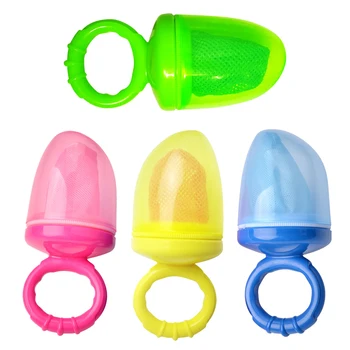
The forage feeder is made of safe, non-toxic food-grade silicone, tested free of BPA, PVC, Phthalates, and Lead and is also FDA and CPSIA compliant.
Yay! for this company for looking out for your baby and the environment.
Let’s Wrap Up:
Silicone feeders are safer and easier than using mesh baby feeders, in my opinion. They are perfect to introduce solid foods to your baby and works wonders during teething.
Not all silicone feeders are made the same, though. It is important to look for one that is made with food grade silicone without any fillers.
Also, I highly recommend using a one that is free of unwanted chemicals like BPA, phthalates, lead and pvc.
Considering all the above points,
Here is my list of Best Silicone feeders to Buy (2019):
- Boon Silicone Feeder
- Kids Me Food Feeder
- AshtonBee Feeder
- NatureBond Food Feeder/ Pacifier
- Moss and Fawn Forage Feeder.
Did you use any food feeder? Which one did you use and how did you like it?
Sharing is caring!
111 shares
Ultimate Guide to Baby Feeders: Mesh and Silicone
You may have seen baby feeders, whether mesh or silicone, and wondered what they are for. They are a great tool for feeding babies and toddlers—and are especially awesome for teething relief. There are many on the market though, so today I’m sharing the best of the best.
They are a great tool for feeding babies and toddlers—and are especially awesome for teething relief. There are many on the market though, so today I’m sharing the best of the best.
Baby Feeder
A baby feeder is made up of an easy-hold handle and a little pouch with lots of holes. The idea is that the holes allow some of the flavor and texture of the food to come out, without the concerns that may come with larger pieces of food.
This means you can worry less when it comes to choking risks.
One thing to keep in mind: They don’t allow babies to have the full texture experience of the food—since the texture is mostly the mesh of the feeder. That means you don’t want to use one of these for every meal (or even most meals).
Lots of exposures to lots of textures helps babies and toddlers gain confidence in handling all sorts of foods, which can make feeding kids a lot easier over the long run.
But an infant feeder can be a handy tool to have in the mix, especially if on the go, starting to transition to baby food, or trying out a new food that has you a little nervous.
And they are a great way to offer cold teething relief to soothe baby’s gums.
Baby Fruit Feeder
Many people like to use baby feeders to offer fruit, either fresh or frozen, since the product is a safe way for baby to suck on and explore the flavor of a wide range of fruit.
TIP: Another name for this is Baby Fruit Pacifier.
Best Baby Food Feeders
Below are my top picks for infant feeders chosen for ease of use, durability, and ease of care (as in washing!). There are different materials listed, as well as specific information on each product.
Best Mesh Feeder
Munchkin Baby Feeder, sold in a set of two. (Or choose the ones that come with travel caps.)
This baby feeder has a streamlined, simple design of a mesh bag for the food and a ring for baby to hold onto. Small, digestible pieces of food come through so baby is getting some nourishment (and comfort if using for teething) without the risk of choking. It’s about $7 for two of them.
It’s about $7 for two of them.
Best Silicone Feeder
Boon Silicone Feeder
This baby feeder, which is priced at under $6, is made from durable silicone and can be used with fresh or frozen foods. The interior stem forces food toward the tiny holes in the feeder and the small handle is sized just right for baby’s little hands.
Kidsme Baby FeederBaby Feeder Pacifier Combo
Kidsme Food Feeder
This popular Kidsme feeder has a replaceable silicone pouch that comes in two sizes, so you can adjust and replace as your child grows. It has a unique handle style that some babies may prefer and can be used as a pacifier too. It’s usually priced around $15 and is recommended for ages 4-24 months.
What baby foods should I put into a baby feeder?
Here are some fruits that are good to serve in a baby feeder:
- Raspberries, fresh or frozen
- Strawberries, fresh or frozen
- Blackberries, fresh or frozen
- Cantaloupe
- Honeydew
- Banana
- Mango, fresh or frozen
- Roasted sweet potato
- Roasted butternut squash
- Ripe fresh pear
- Fresh cucumber, skin removed
- Watermelon
- Cooked red meat such as steak
- Frozen grapes (These are NOT safe served to a child this age in any other way as they are a choking risk.
 They are fine served inside the feeder, though.)
They are fine served inside the feeder, though.)
TIP: You can use frozen fruit or ripe fresh fruit that’s soft and easy to gum. Avoid any fruits or veggies that are very hard as baby may be frustrated by that texture.
Frequently Asked Questions
What age can baby use a mesh feeder?
Babies can use an infant feeder soon after starting solids around 6 months, or when they can easily hold it and bring it to their mouth.
How do I use a baby feeder to help with teething?
If you fill the feeder, whether mesh or silicone, with frozen fruit, you can soothe teething in infants who are eating solids or in toddlers. It’s cold and yummy, yet requires no real work for the child to suck on, so it’s comforting.
Are all of these baby feeders BPA-free?
Yes, if you choose a mesh baby feeder or one made from silicone, they are BPA-free.
What’s the best way to clean a baby feeder?
Try using a bottle brush or just running water to clean out the mesh. It should be fairly easy to clean if you avoid letting it sit too long with food in it!
Are baby feeders good for babies?
The one downside could be that if you rely on them too much, the child learns the texture of the feeder, rather than of the food. This can make it harder for a child to learn to move actual food around in their mouths and harder for them to accept a range of textures in the future when you don’t want to be using the mesh feeder as much.
Because of that, I recommend using this product at limited times such as when on the go at a restaurant or to help sooth a teething infant, baby, or toddler.
This is not recommended as a way to feed your child at every meal.
If you are worried about choking, review this information on toddler choking and trust that if you serve foods that are easy to squish between your fingers, baby is sitting down at meals, and you are with them, they will learn to eat like so many other kids who have gone before them!
You May Also Like
- Best Baby Puffs
- Favorite Sippy Cups
- Best Snack Containers
- Best Lunch Boxes
- Favorite Suction Bowls
- Top High Chairs
I’d love to hear your thoughts on baby feeders in general or on these specific products, so please comment below to share!
This post was first published May 2019.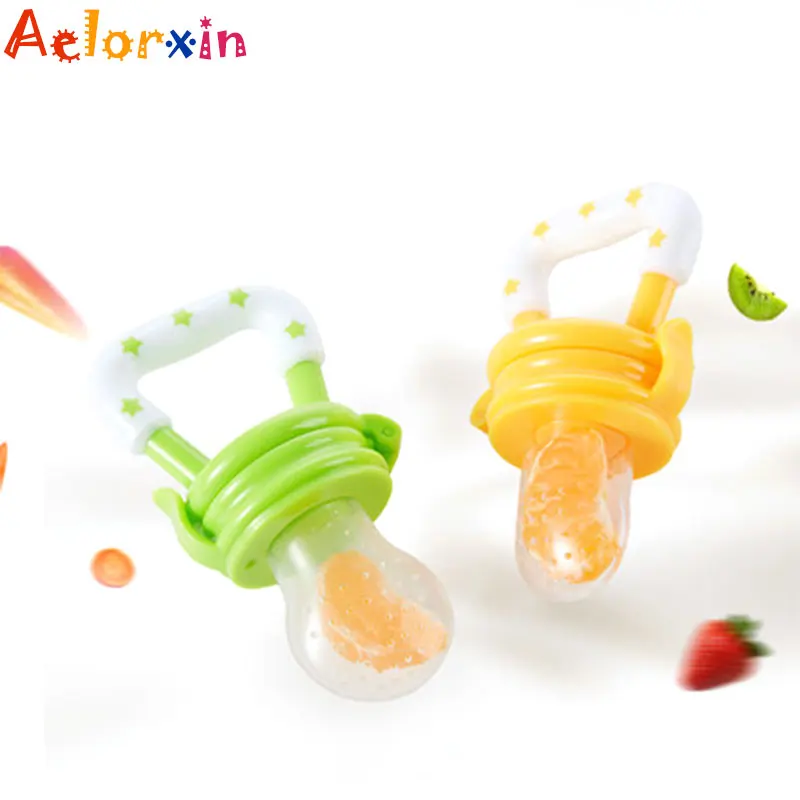
Baby's pacifier: top tips for choosing
For many parents, a pacifier or pacifier is not just a touching baby accessory, but sometimes the only tool that can soothe a crying baby. Pacifiers and similar items have been used by moms and dads for many centuries with this main purpose. That's why it's important to choose the right pacifier, and for this we recommend that you pay attention to the tips given by the experts of the largest marketplace eBay.
Choosing the right pacifier
The main buying rule is that the width of the base of the nipple must be at least 3.8 cm. This will prevent the baby from choking or harming himself in any other way. Now let's move on to the choice of material. Nipples are latex and silicone. The latex pacifier is very soft, but the disadvantage is that it retains odors and is short-lived. This teat gets dirty quickly and requires frequent cleaning, which can damage it. The silicone nipple does not retain odors, but is firmer and may not be suitable for all babies. But silicone nipples last longer and are easier to clean.
But silicone nipples last longer and are easier to clean.
Two basic types
There are two main types of nipples.
The first is the usual rounded dummy. These nipples are suitable for newborns and babies who are breastfed, as they resemble the shape of a nipple.
The second type is the orthodontic pacifier. It is designed for teething children as it is designed to protect them. In addition, this nipple is also required in order to wean the child from the not very useful habit of sucking fingers, which is fraught with the formation of an abnormal bite.
How many pacifiers to buy
In most cases, one pacifier is unlikely to be enough for a baby for a long time. This is due to the fact that babies (especially those who have teethed) often chew on pacifiers and damage them. So the frequency of purchase depends on the habits of your child and on the material from which the pacifier is made. Also, nipples get lost quite often, so it's best to always keep a few "tested" ones in reserve.
When to change the pacifier
Pacifiers are generally not meant to be used for a long time. The material is damaged or worn out from too frequent use and washing. Luckily, thanks to the properties of the material the nipple is made of, it's easy to know when it needs to be replaced. In most cases, it will need to be replaced when holes, cracks, visible signs of wear appear, or the color of the nipple changes. These are signs that the latex or silicone has become unusable, and the child may bite off a small piece and choke. If all of these signals are present, discard the old nipple and purchase a new one.
Cost
Too low a price should alert, as it raises doubts about the quality of the product. You should not save on the health of the child, however, there is no point in overpaying for a pacifier either. Expensive nipples are very often made from the same materials as mid-range products, but we're paying for a trendy brand or fancy design that isn't really necessary.
Be the first to know about new materials of Roskachestvo, subscribe to our newsletter!
How to sterilize a pacifier: three effective methods
Every time you remove a pacifier from your baby's mouth, you must thoroughly disinfect it and keep it clean until the next use. But how to do that? Some mothers mistakenly believe that simply licking a pacifier is enough, because what can be safer for the baby than mother's saliva. It is categorically not worth doing this, because along with saliva you pass on your microbes to the child. Rinsing the pacifier with running water is also not very effective, because this way you will not clean it of all contaminants. We offer several ways to sterilize a pacifier that will help protect a small organism from pathogenic bacteria.
Why is it important to disinfect the pacifier?
Of course, no normal parent would give a baby a pacifier if he saw that it was dirty. But even if the pacifier seems clean to you, a lot of pathogenic bacteria and other microorganisms can live on its surface.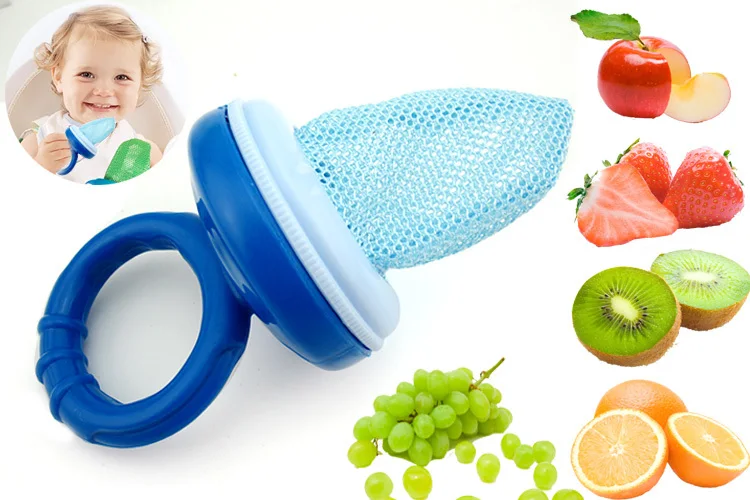
One such bacteria is Streptococcus mutans, which causes dental caries . They are spread in the human population through salivary contacts. Infection of the mouth of a newborn with S. mutans bacteria usually occurs from the mother and other family members through kissing, dishes, household items. Therefore, every time you lick a pacifier, you run the risk of "rewarding" the crumbs with your cariogenic microflora.
In addition to streptococcus bacteria, a poorly cleaned nipple can contain other microorganisms that cause a variety of diseases. Thus, researchers have associated the use of a pacifier with an increased risk of developing infections of the auditory tract , candidiasis (thrush) of the oral cavity and intestinal parasitic damage.
How to sterilize a pacifier
Ask your pediatrician or family dentist which sterilization method is best for your pacifiers. Read the instructions on the pacifier packaging carefully. Some pacifiers can be washed in the dishwasher, others are recommended to be processed in other ways.
Some pacifiers can be washed in the dishwasher, others are recommended to be processed in other ways.
Mothers often feel guilty when offering a pacifier to their baby. However, discarding the ethical side of the issue, it is difficult to deny that the pacifier remains an effective way to calm the baby and makes life easier for parents in many ways. If you give your baby a pacifier at least occasionally, be sure to clean it thoroughly after each use.
Boiling
- This is the simplest, most popular and economical disinfection method. Studies have shown that boiling for 15 minutes completely kills bacteria, including S. mutans. The duration of the procedure depends on the material from which the pacifier is made. It is recommended to regularly boil baby dishes and pacifiers for at least the first six months of a baby's life.
Antibacterial spray
- Before giving the baby a pacifier can be treated with 0.
